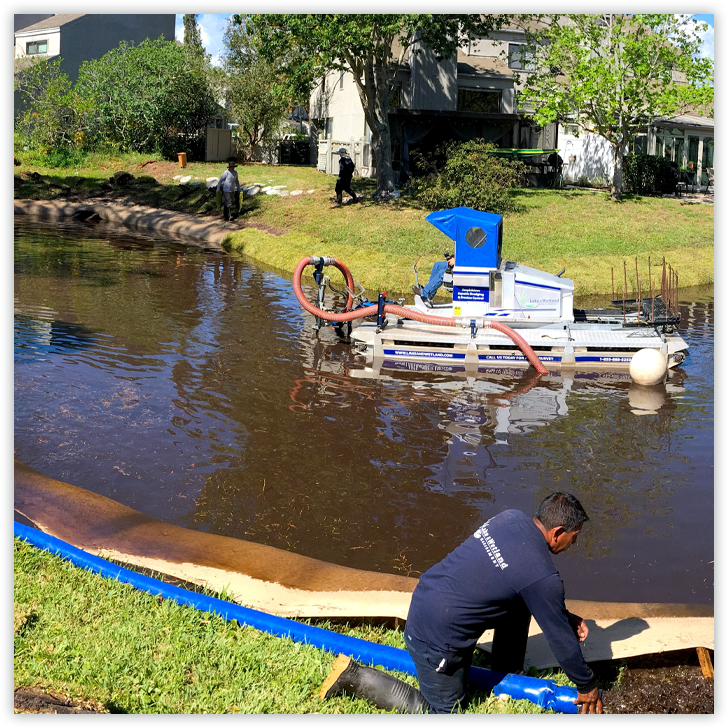Applications
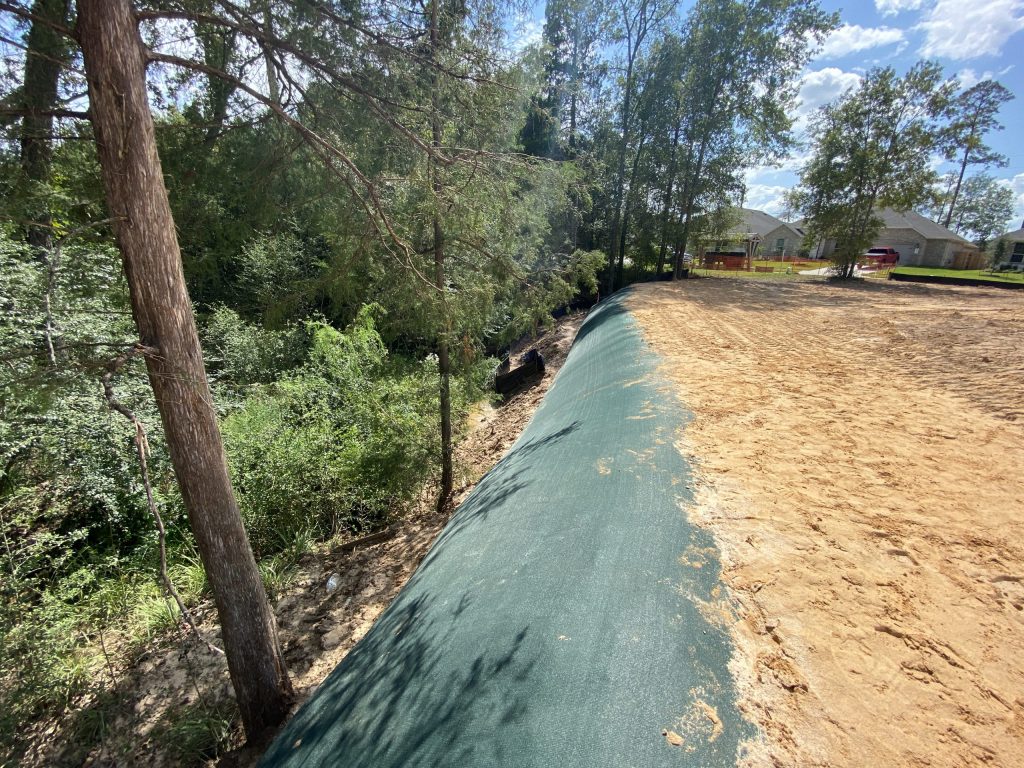
Slope erosion
Slope erosion impacts the gradient, shape and length of the affected area. This occurs due to the forces of wind, rainfall, stormwater run of, and other natural agents, in conjunction with the slope of the land and soil conditions.
Lake bank erosion
Lake bank erosion damages and deteriorates the shape, depth and form of the affected area. This occurs due to the continuous lapping of water against the edge of the bank, which causes particles of soil to break away from its foundation.
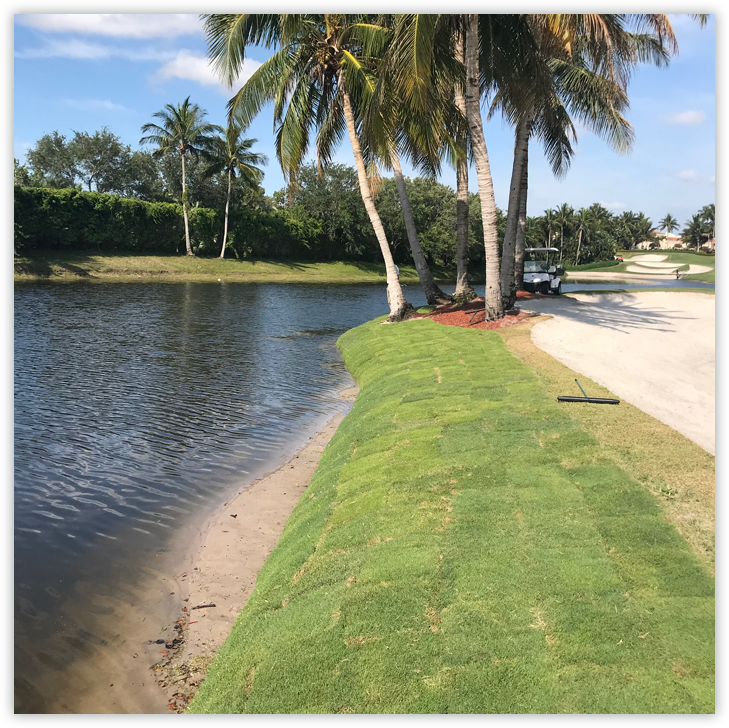
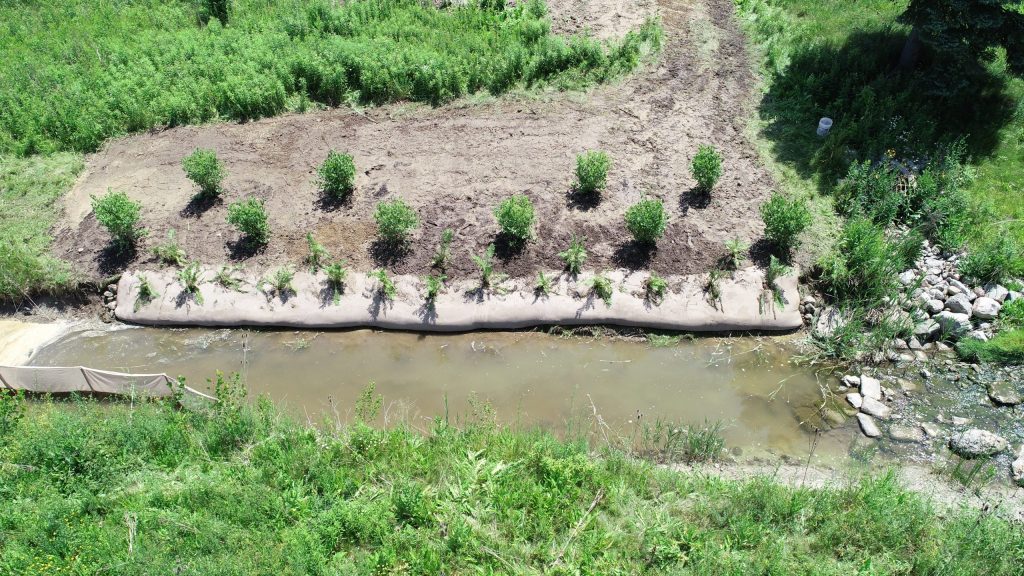
Stream bank erosion
Stream bank erosion is similar to lake bank erosion, affecting the shape, form and flow of the stream and the stability and strength of the bank lining it. The main difference is the speed at which the current flows through a narrow space, which causes particles of soil to break away.
Intracoastal erosion
Intracoastal erosion affects the gradient, shape and length of coastal banks and coastlines. This occurs due to the forces of wind, rainfall and other natural agents in conjunction with the slope of the land and soil conditions. Activity within the water, from boats and tides, can also have a profound affect on erosion.
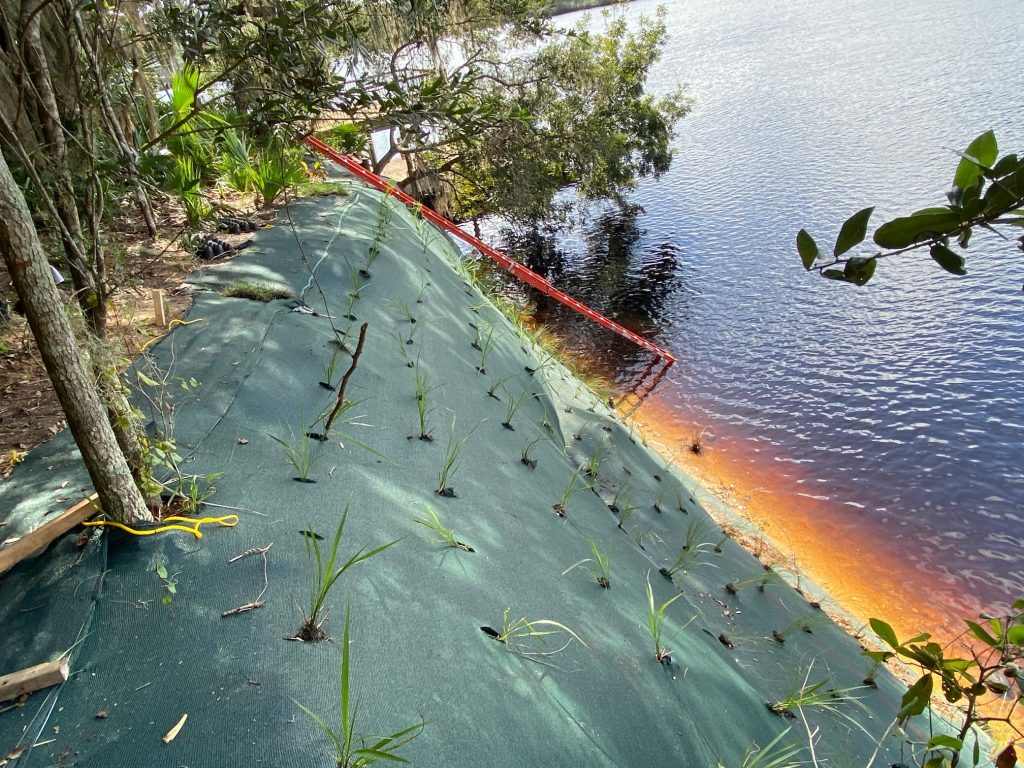
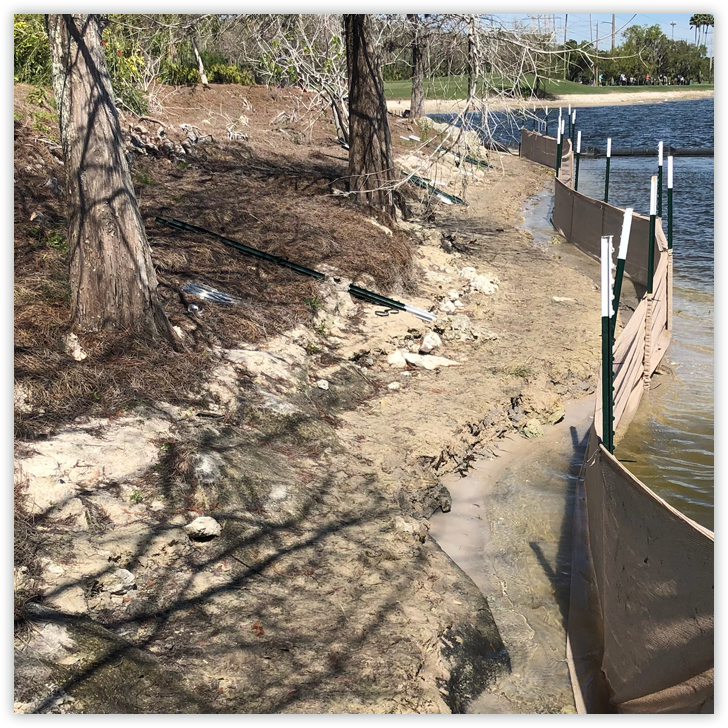
Beach/dune erosion
Coastal dunes have developed due to the gradual slowing of sea-levels. Beach/dune erosion affects the geometry, height and length of any sand and dune environment under pressure from the elements. This occurs due to the forces of wind, rainfall and other natural agents, in conjunction with the slope of the land and sand conditions.
Stormwater management
Stormwater management and best management practices (BMPs) are put in place to reduce rainwater run-off into lawns, streets and commercial property. As its name suggests, this occurs when storms and heavy rainfall create excess water that drainage systems can’t handle.
